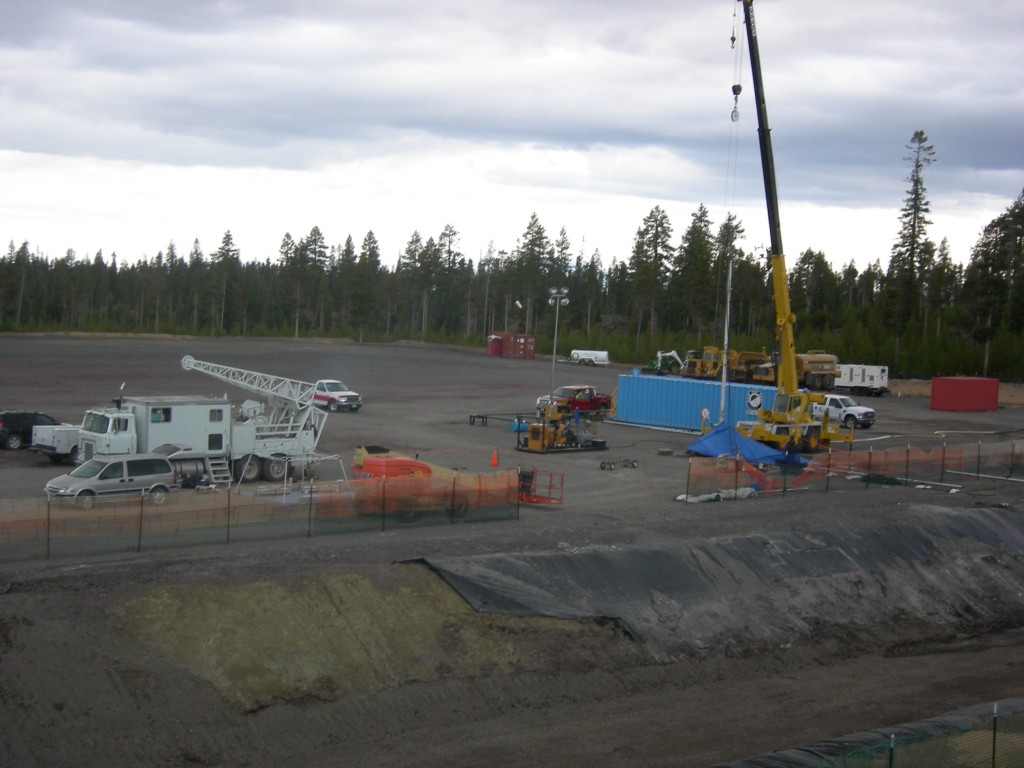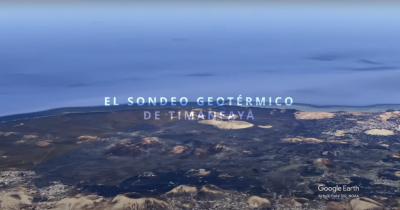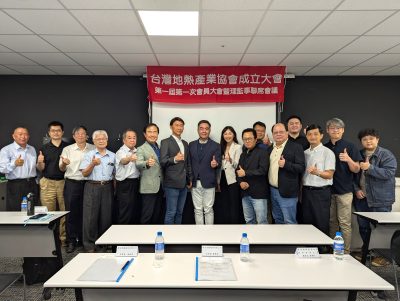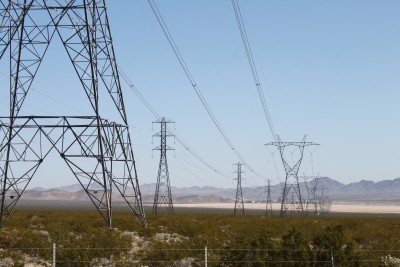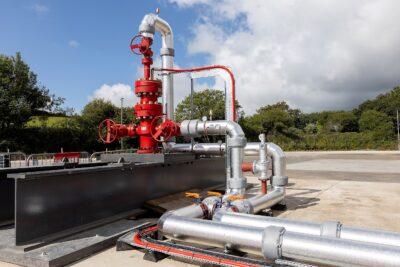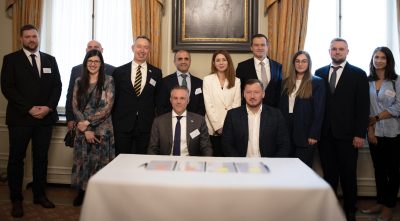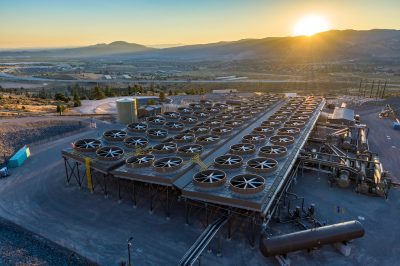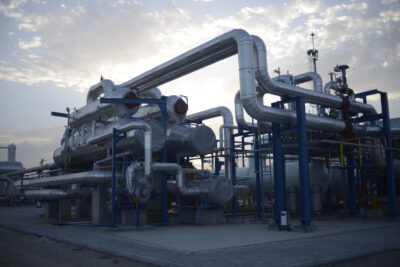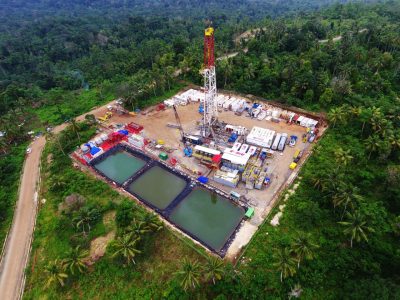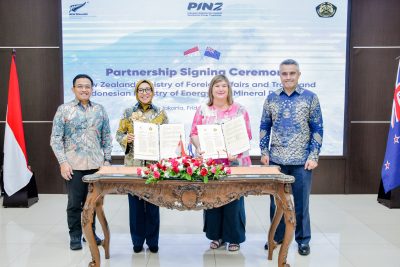Susan Petty on the exciting things ahead for AltaRock Energy
In this interview with ThinkGeoEnergy, Susan Petty, the CEO of AltaRock Energy discusses the company's Newberry project in Oregon, the technology it has been developing and the potential for it being provided as a service to conventional geothermal projects.
Over the years I have been following AltaRock Energy and its activities. I also had the pleasure meeting the CEO of the company Susan Petty at various events over the years. So I am very grateful for the chance I had to receive a bit more insight into the company’s project and activities as part of a recent interview with her.
I think one of the interesting points I remember discussing with Susan on several occasions are the implications of EGS technology and the potential of using EGS technology for conventional geothermal projects today.
With the milestone of BLM approval now in place for the Newberry project, can you tell about the next steps for the project?
The next step in the Newberry Demonstrations is to drill four new boreholes and deepen a fifth for microseismic array (MSA). There are already an additional four boreholes that have already been drilled. Because the water table is very deep at Newberry and the surficial volcanic rocks attenuate seismic energy, these boreholes must be drilled to at least 700 feet. There is still 2-3 feet of snow at the drill sites, so we first need to plow out the roads. We will also be ordering seismic equipment and other long-lead items this month.
The seismic equipment should be delivered about the same time the final borehole is completed. Then we will install and test the MSA. As MSA near completion, other equipment, such as the pumps, water supply piping, and high pressure wellhead will arrive and be installed. If everything goes well, we will be ready to stimulate the EGS well in early fall. The season is short at Newberry, since the well site is at an elevation of 5800 ft (1800 m) and it usually starts snowing in November, so we hope to finish up before the snow accumulates again.
AltaRock is acting as a project developer but also develops new technology that helps to create geothermal reservoirs. Could you maybe give us a little more details?
Our primary focus is developing and using the technology for multi-zone stimulation. That includes technologies that we have developed ourselves, such as the thermally-degradable zonal isolation materials and hydroshearing modeling software, plus tools that we have incorporated into our EGS solution package, such as DTS (Distributed Temperature Sensing) and the MSA.
The US Department of Energy is funding about half of the cost of the Newberry EGS Demonstration which includes stimulation of the existing injector in 2012, drilling two production wells in 2013, and then running a circulation test on the triplet. If the circulation test results are as promising as we hope they will be, AltaRock and the lease owner, Davenport Newberry, will be looking for additional partners to continue development of the resource.
The EGS technology is not only interesting for the development of pure EGS projects, but could also help with conventional projects. Could you maybe elaborate a little on how your technology could help conventional geothermal projects?
Every conventional project has some wells that can be improved, either by increasing the well’s production or injection capacity. And the wells’ problems are often the same as in EGS, a single zone takes or produces most of the fluid. Further, typical geothermal completions, long open-holes or uncemented, slotted liners, limit the options to cost-effectively isolate the existing productive zone or zones, and stimulate new zones. Therefore, operators are very interested when we tell them that we have a new solution to make their idle wells productive, which does not require a rig for redrilling, recompleting, or installing packers.
The current market conditions for geothermal in North America are not easy and developers have problems raising the necessary financing to develop their projects. Is AltaRock exploring developing projects outside the U.S.?
We have been having conversations with developers on four continents about using our technologies. Each field success (we already have two), makes it easier to tell the story of our technology and garner interest from developers worldwide. Although the Newberry EGS Demonstration is a focus of the company in 2012, we also plan to do at least two other stimulations this year and hopefully up to five.
As a technology provider, when will your technology be available to developers and are you planning to sell it as a service or product?
Our technology is available as a service now! Overseas especially, the best value for the developer and quickest path to implement our solution will be the service model. Because our technology requires a multi-disciplinary, integrated plan and implementation, we don’t think the product model would be successful at this point in geothermal. We are rigging up right now to do a stimulation on a low productivity conventional geothermal well and are planning another one.
I would like to thank Susan for taking the time for providing this great insight into what is going on at AltaRock.
To follow the company’s activities check out its Facebook page at: http://www.facebook.com/
